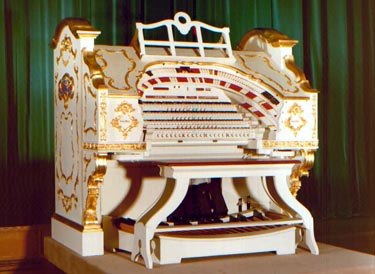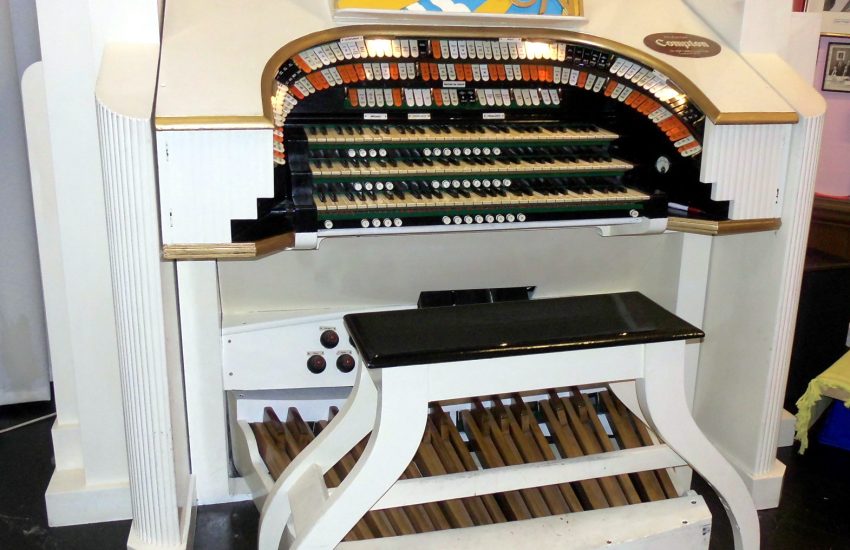How does a pipe organ work?
A pipe organ is a complex musical instrument that produces sound through the vibration of air in pipes. Here’s a simplified explanation of how it works:
- Keyboards: The organist plays a keyboard, typically with two or more manuals (keyboards) and a pedalboard, which are connected to the organ’s mechanism.
- Key Action: When a key is pressed, it opens a valve called a “pallet,” allowing air to flow into the pipe.
- Air Supply: The organ has a large air reservoir called a “bellows” or a “wind chest” that stores and supplies air to the pipes. The bellows are usually operated by a mechanical system or an electric blower.
- Pipes: There are two main types of pipes in an organ: flue pipes and reed pipes. Flue pipes produce sound when air flows over an edge, causing it to vibrate. Reed pipes have a vibrating reed inside, which produces sound.
- Stops: The organist can select different sets of pipes, called “stops,” to create various sounds. Each stop controls a specific group of pipes with unique characteristics.
- Expression: The organist can control the loudness and intensity of the sound using expression pedals or other mechanisms that adjust the airflow to the pipes.
- Sound Production: When air flows into the pipes, it causes the air column inside the pipe to vibrate, creating sound. The length, size, and shape of the pipe determine the pitch and timbre of the note produced.
- Organist’s Control: The organist can control the pitch, loudness, and timbre of the sound by selecting different stops, pressing keys, and using expression pedals, allowing for a wide range of musical expression.
In summary, a pipe organ works by controlling the flow of air into various pipes to produce different pitches and timbres, giving it a vast range of musical possibilities.


